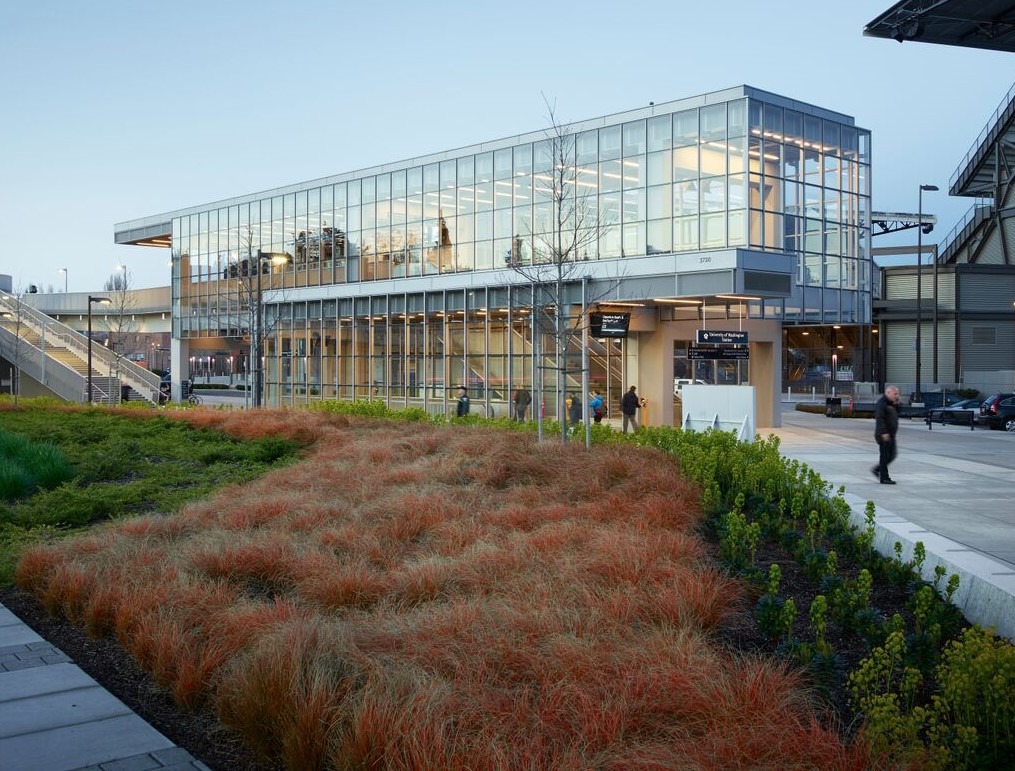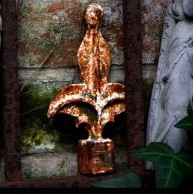A 100-foot descent into a light rail transit station at the University of Washington might have been just an ordinary experience.
But thanks to a collaboration between Seattle’s LMN Architects and artist Leo Saul Berk, it’s a magical means of traveling to and from a train.
“Leo was inspired by the quality of light from an old barn falling apart, with streams of light coming through old slats in the siding,” says Mark Reddington, design partner at LMN. “Then we were thinking about the movement around the escalators, so you’re really enveloped by the artwork around you.”
Collaboration on civic architecture is nothing new to LMN, the recipient of AIA National’s 2016 Firm of the Year Award. For 29 years, the architects there – they now number 155 – have evolved as they’ve worked with engineers, landscape designers, architects and lighting technicians. “We’re designing for the human user experience, and the look and feel of all the parts,” he says.
It’s a matter of enriching the public realm with civic work once dominated by engineers – and working wisely within budget. “High quality design doesn’t cost more – you just spend the resources in the most effective way to create the biggest impact,” he says.
With the UW light rail transit station, their design was all about the experience. The underground chamber is clad with backlit panels to convey patterns from the geology surrounding the site – almost like an underground planetarium.
“Above, there’s a sense of constant movement: cars, trains, people and bikes, but one place with an established peaceful interlude is the chamber,” says Howard Fitzpatrick, lead designer on the project. “When you’re ascending, you experience the deepest layers of soil. People look up in awe, and as soon as you do that, you’re back into the train platform with trains going in and out – back to all the activity.”
With art and architecture, they’ve thoughtfully imbued a series of spaces with meaning beyond their function.
[slideshow id=1821]
Photography by Kevin Scott


